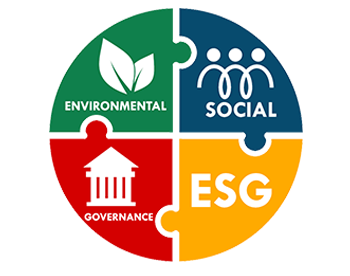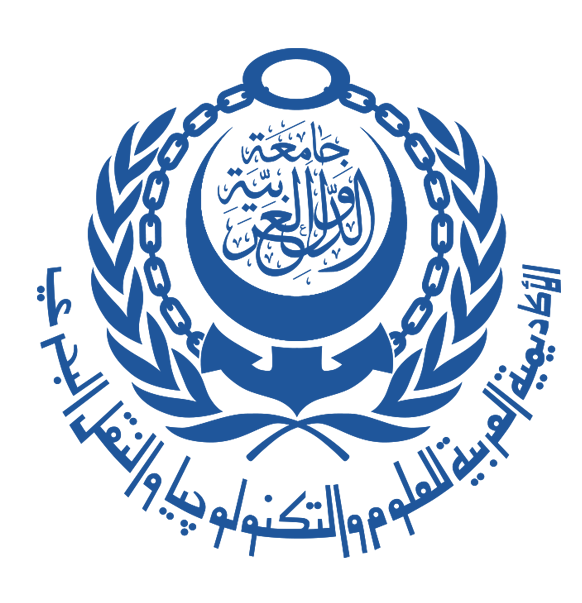 ESG - Environmental, Social and Governance
ESG - Environmental, Social and Governance
Sustainability literacy and knowledge Assessment Tool (for Student)
AASTMT Sustainability Literacy Assessment Framework (SLAF)
Background
Since 2021, the Arab Academy for Science, Technology and Maritime Transport (AASTMT) has developed and implemented a robust institutional framework for assessing student knowledge and literacy in sustainability. The approach includes embedding the United Nations Sustainable Development Goals (SDGs) into curricula across all faculties and utilizing course-level evaluation rubrics that assess students' understanding and application of sustainability in real-world contexts. AASTMT calls this system the Sustainability Literacy Assessment Framework (SLAF).
The framework began with pilot implementations across four faculties and is being expanded to cover all undergraduate programs. Assessment tools include graded project rubrics, outcome-based evaluations, and institutional SDG mapping matrices. This ensures students are not only aware of sustainability concepts but can actively apply them in their academic and professional practices.
1. Institutional Commitment to Sustainability Education
Since 2021, AASTMT has worked to integrate the SDGs into every level of academic planning and course delivery. Faculty across departments have developed mapping matrices that align individual course outcomes with the SDGs. These matrices have been instrumental in tracking and enhancing student engagement with sustainability challenges.
In parallel, faculty-specific assessments have been developed to evaluate how well students understand and apply sustainability principles within course-based and graduation-level projects.
2. Overview of the AASTMT Sustainability Literacy Assessment Framework (SLAF)
The SLAF is a cross-departmental, rubric-based system designed to evaluate:
- Understanding of SDGs and their interlinkages
- Practical application of sustainability principles
- Ethical, social, and environmental considerations in projects
- Capacity to use modern tools and teamwork to support sustainability-focused solutions
Components:
- Curriculum Mapping to SDGs (per course and program)
- Project Rubrics embedded in core and capstone courses
- ABET-aligned Outcome Assessment (especially in Engineering)
- Faculty-designed evaluation criteria for specialty relevance
3. Implementation Scope and Strategy
The SLAF began with a pilot project in four faculties:
- College of Computing and Information Technology
- College of Engineering and Technology
- College of International Transport and Logistics
- College of Maritime Transport and Technology
Each selected a course to pilot sustainability evaluation. Projects and deliverables were graded using SDG-aligned rubrics.
Expansion Plan:
From September 2023, the framework is generalized across most courses and programs, ensuring that all students are assessed for sustainability knowledge at least once before graduation.
4. Sample Evidence of Assessment Tools
Figure A: OOP Course Project Evaluation Breakdown (CS243)

Breakdown:
- Project Idea (SDG Relevance) – 20%
- Design Phase – 20%
- Implementation – 20%
- Delivery – 13%
- Presentation & Teamwork – 13%
- OOP Knowledge – 13%
- Clear alignment to SDGs in project ideation
- Evaluation on design, ethics, teamwork, and sustainability application
- Grading scale: Excellent, Very Good, Good, Fair, Insufficient
- Course integration example: ICT-based sustainability solution
Figure B: Engineering Graduation Project Evaluation (EE503)

Aligned with ABET Outcomes:
- Outcome 4: Ethical and social impact
- Outcome 2: Engineering design and tools
- Outcome 3 & 5: Communication and teamwork
Scores are graded from Level 1 to 4 and cover:
- Project’s environmental/social relevance
- Methodology and research
Communication and responsibility
5. Explanation of Rubric Evaluation Levels
|
Level |
Descriptor |
|
Level 1 |
Lacks awareness or irrelevant application of sustainability principles |
|
Level 2 |
Emerging understanding; partial integration of sustainability |
|
Level 3 |
Good application with SDG linkage and evidence-based justification |
|
Level 4 |
Exemplary integration; strong ethical, environmental, and technical application of sustainability |
6. Institutional Oversight
The implementation and monitoring of the SLAF is led by the Sustainability and SDG Taskforce, with regular coordination between program heads, quality assurance, and the educational development unit. Faculty are trained on how to develop course-level rubrics and map sustainability outcomes.
7. Conclusions
AASTMT applies a formal, measurable, and institution-wide strategy to assess sustainability literacy among students. This approach supports:
- Accreditation (e.g., ABET)
- Global sustainability education agendas
The SLAF ensures that every student engages with sustainability education not just theoretically, but practically and ethically.
Annex A: Faculty & Course Pilots
|
Faculty |
Course |
Type |
|
Computing & IT |
Object-Oriented Programming |
Mid-level course |
|
Engineering |
Senior Graduation Project |
Capstone |
|
Transport & Logistics |
Supply Chain Strategy |
Strategic course |
|
Maritime |
Maritime Safety Operations |
Core course |
Annex B: SDG Mapping Snapshot
This section includes a sample matrix showing how SDGs are mapped to course outcomes across one or more programs



